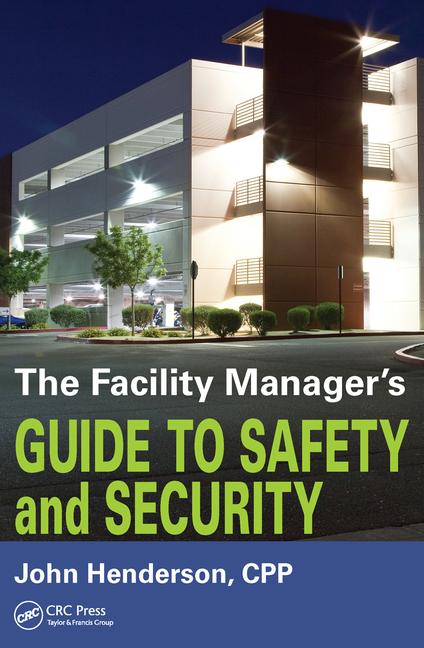Keeping up with changes to codes and standards is increasingly complex. IBC, IECC, IgCC — it can seem like alphabet soup. And there might be a different version of each of these codes adopted in your municipality. I can’t imagine how difficult it must be for firms that work all around the country
The motivation behind the formation of the International Code Council (ICC) was to fashion a single set of codes for use across the country and even around the world. Now ICC publishes a broad spectrum of model codes, including the International Building Code (IBC) and the International Energy Conservation Code (IECC). In 2012, the ICC published the International Green Construction Code (IgCC), an “overlay code” that establishes higher standards for sustainable buildings. All these layers can certainly be confusing.
In this issue, Dr. Jim Hoff, vice president of Research for the Center for Environmental Innovation in Roofing, singles out one area in which the codes and standards are confusing and seemingly contradictory — calculating thermal values for roofs and walls.
His article titled “Roof and Wall Thermal Values: Cutting Through I-Code Confusion” deftly spells out the problems and provides a unique solution. The Roof and Wall Thermal Design Guide is an easy-to-use reference tool designed to help building designers make the best roof and wall insulation decisions for both new and existing buildings. The guide was made possible through the sponsorship of the Center for Environmental Innovation in Roofing (CEIR) and the Polyisocyanurate Insulation Manufacturers Association (PIMA), and it’s available at both of their websites. Just visit www.roofingcenter.org or www.polyiso.org and download your free copy.
Learn about the guide — and how to use it — by reading Jim’s article beginning on page 25. While you’re at it, you can earn AIA continuing education credits by completing the quiz at the end of the article. I believe you’ll find the guide is an elegantly simple solution to a complex problem.
Chris King



